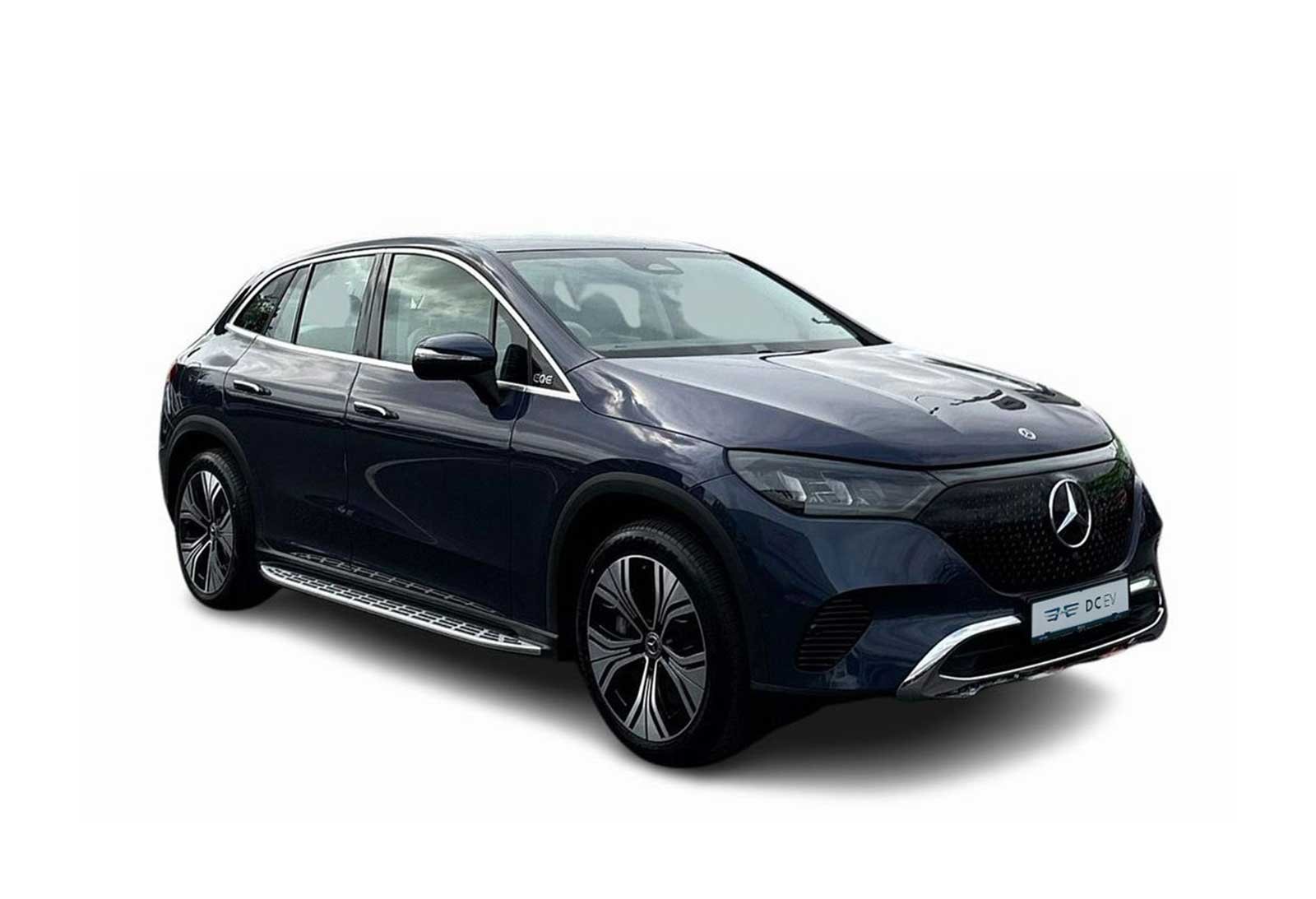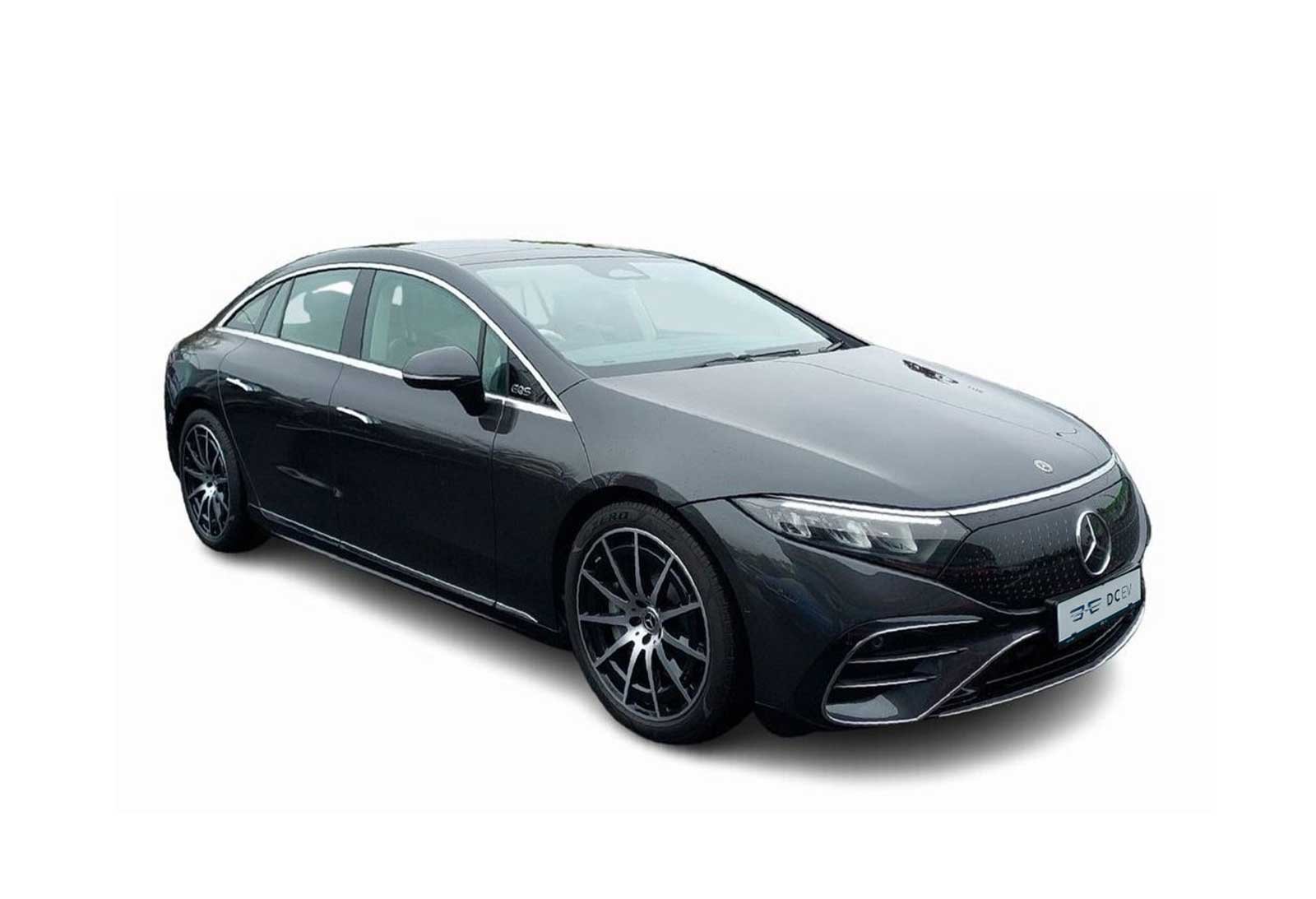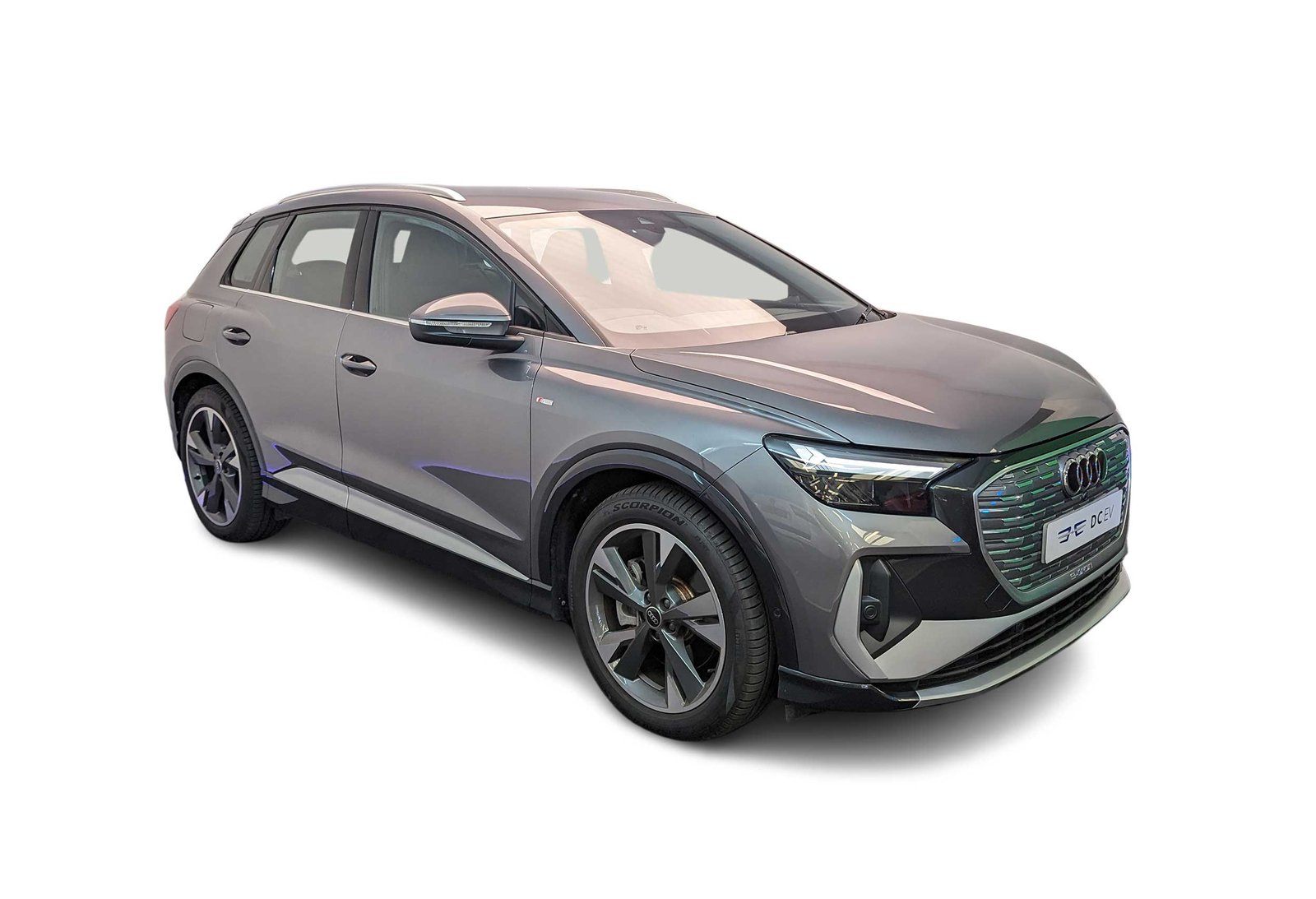How do EV charging stations work? Are they safe? Should I install one in my house? These are just some of the questions you might have about EV charging stations. To help clear up any misconceptions you may have, here are some most common myths about EV charging stations.
1. EV charging stations are free
The truth is, anyone can purchase an electric vehicle and plug it into a charging station. That doesn’t mean, however, that charging is free of charge. Many gas stations offer free charging to their customers, but it will likely be very slow. To get fast-charging services like those offered by NRG eVgo and Blink (two leaders in the industry), you’ll need to pay a fee. It varies widely based on your location, but don’t expect service to come cheap—nor do you want it to. You need to help maintain these chargers so that they continue operating at peak efficiency for years and years! If you choose to take advantage of EV charging, just remember: It may not be totally free, but it costs far less than gasoline. And more importantly? Electric vehicles are some of the best investments around. With higher initial costs upfront than traditional cars, electric vehicles make up for it in lower long-term ownership costs thanks to reduced maintenance needs and fewer trips to fill up with gas. According to Plug In America, electric vehicles cost half as much as gasoline cars after five years of ownership.
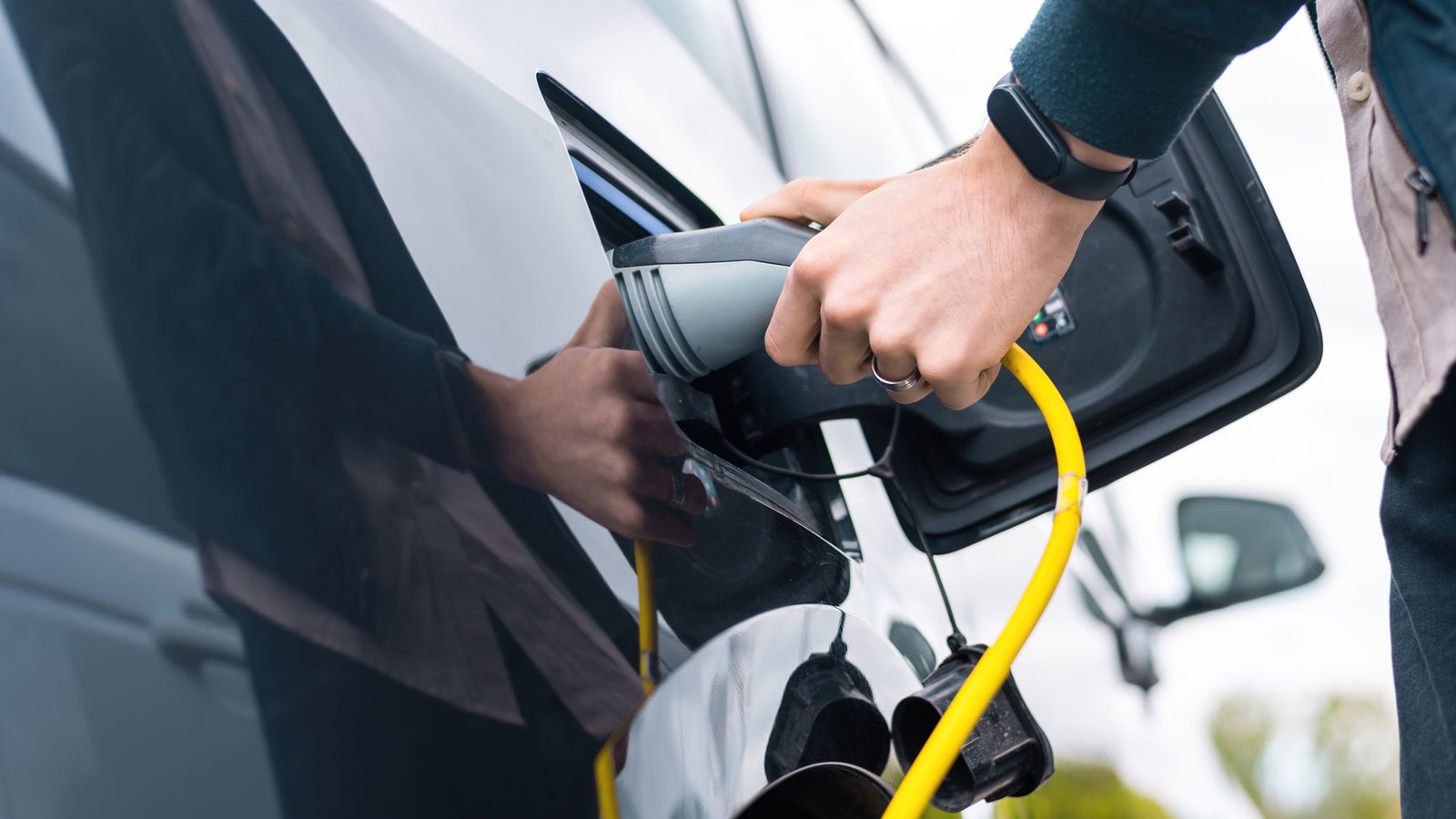
2. EV charging stations will get me out of range anxiety
Depending on your driving style and where you live, it’s possible to drive an EV with little or no range anxiety at all. In some cases, you may find yourself recharging more often than filling up your gas tank. Believe it or not, one of our most common misconceptions is that charging stations will get you out of range anxiety. The best way to get over range anxiety is to learn more about EVs and driving ranges. If you live in a major city, finding an outlet to charge your vehicle won’t be much of an issue. However, if you live in a small town or out in suburbia, finding somewhere to charge your car can be harder than you think. Understanding what range anxiety really means will help you think more clearly about how far and fast your car travels—and whether that tradeoff is worth it for you. We also highly recommend reading up on some tips for long-distance driving in EVs!

3. All EVs charge at the same rate
Not all electric vehicle (EV) chargers are created equal. So, while some EVs may be able to charge in as little as 20 minutes, others might take as long as four hours to fully charge a battery. For example, it might seem like your Tesla Model S charges at a fast rate—but because of its unique charging system and high-powered batteries, that’s not exactly true. Tesla offers what’s called an Ultra Supercharger. While it takes other EVs only 30–45 minutes to get from 0% to 80%, with a Tesla you can get from 0% to 80% in just 15 minutes and up to 50 miles of range for every 5 minutes on average!
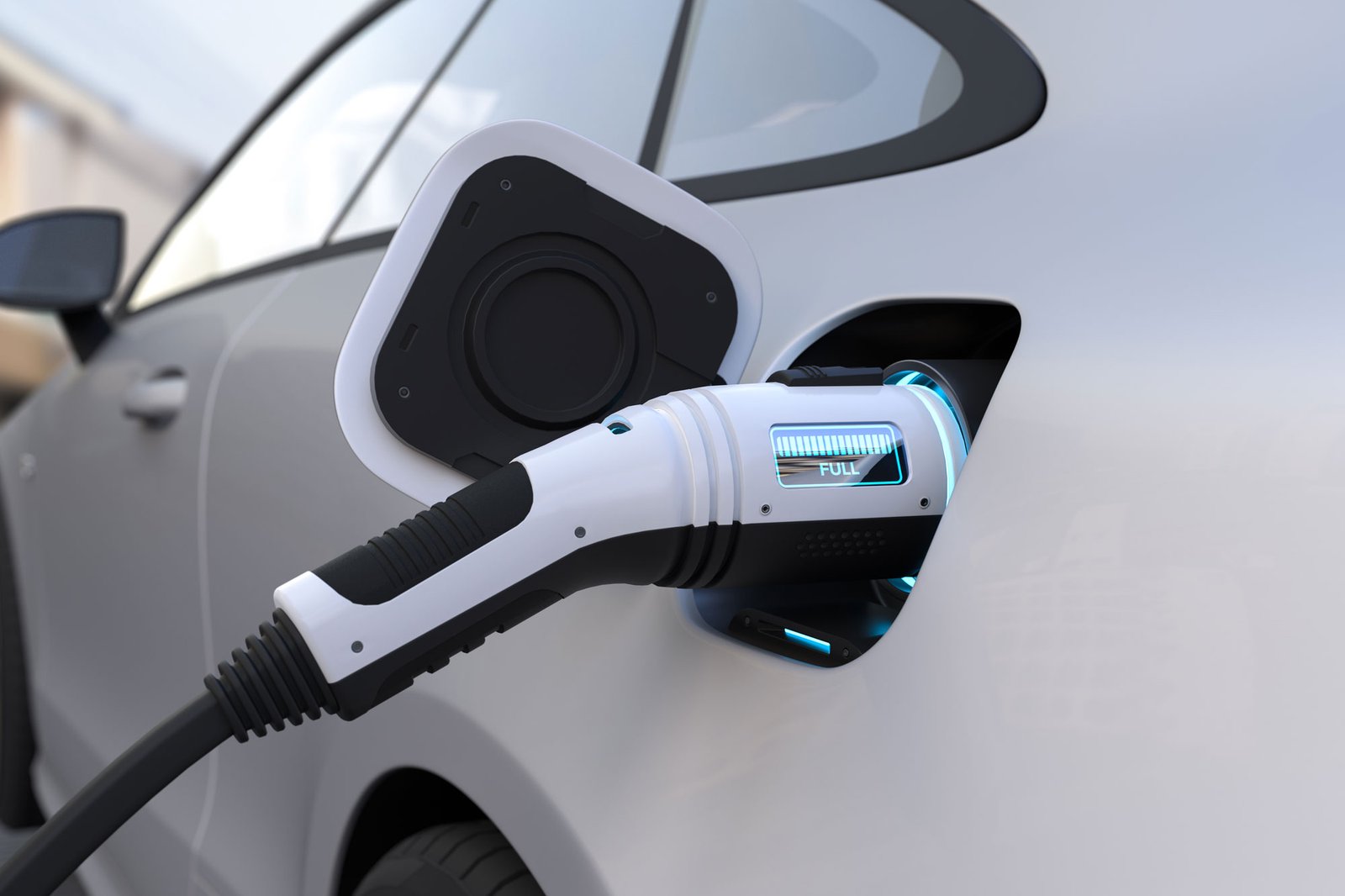
4) EV charging stations are universal
Most people believe that electric vehicle charging stations can be used with any electric car. But it’s not that simple. The connection type is different for each manufacturer; and while they may look similar, they aren’t compatible with each other. For example, some have a CHAdeMO charging port, which is what Nissan and Mitsubishi use; others have an SAE CCS connector, like those in newer versions of Tesla cars. In order to charge your EV at one of these stations, you’ll need to bring along a special adapter or an adaptor kit. If you don’t have one and stop by an unfamiliar station looking for electrons, you won’t get them—and your trip will come to a halt immediately.
We’re happy to help you understand more about EV charging. Contact us for a consultation.


